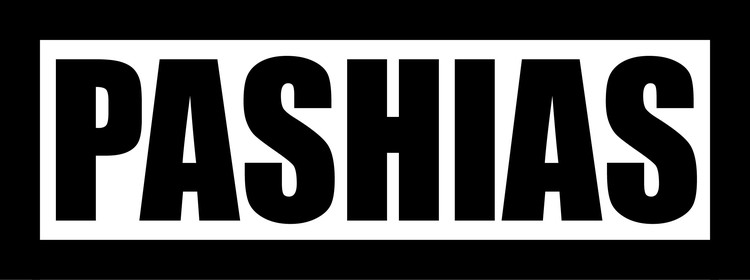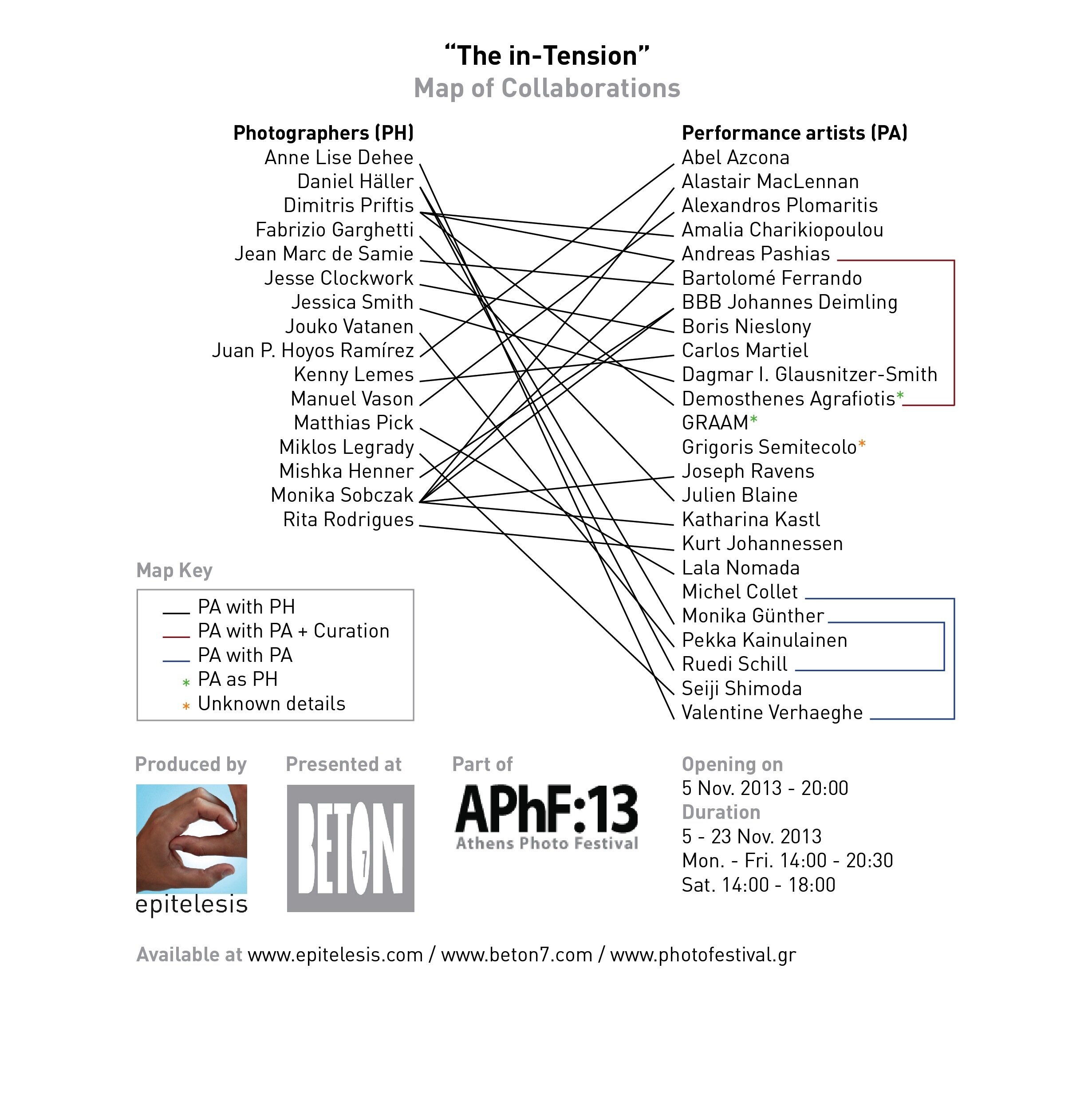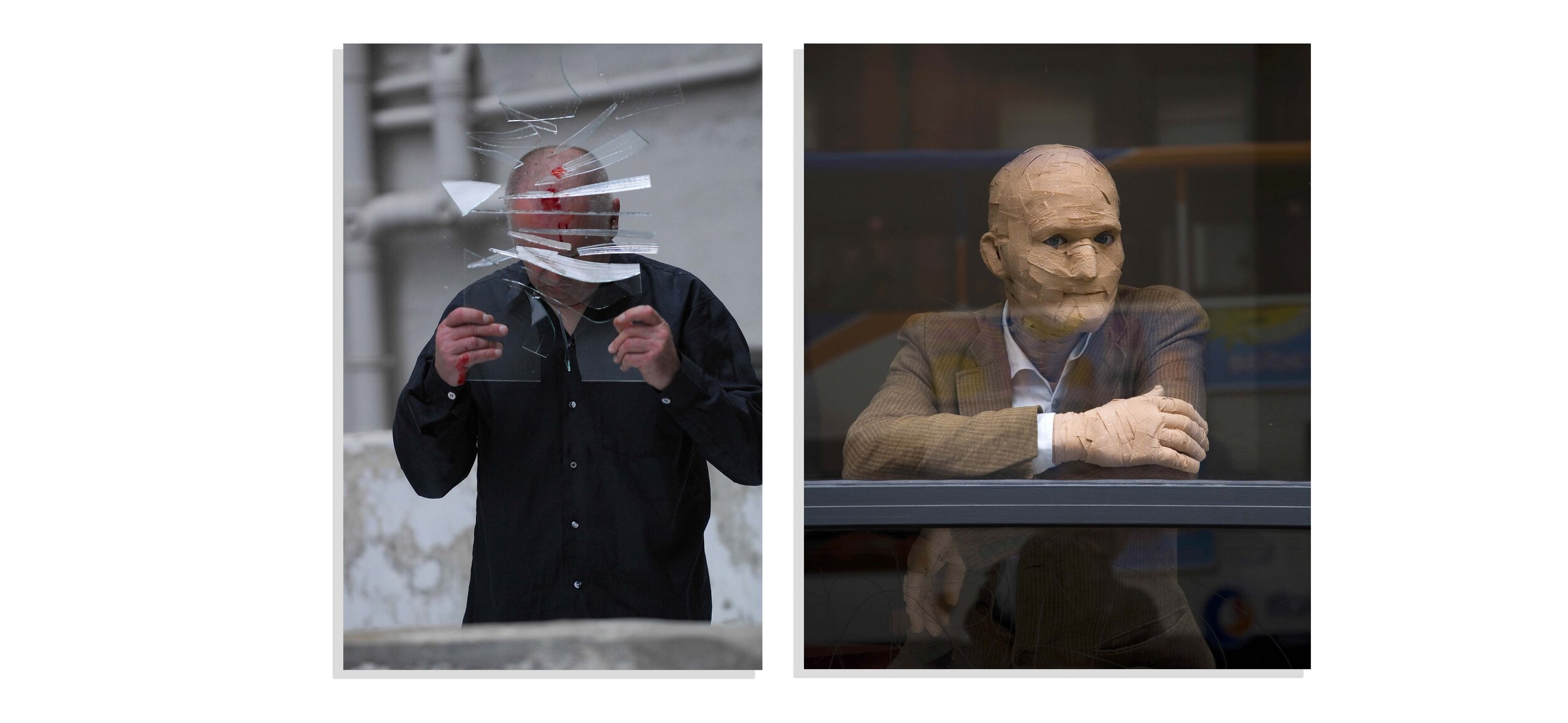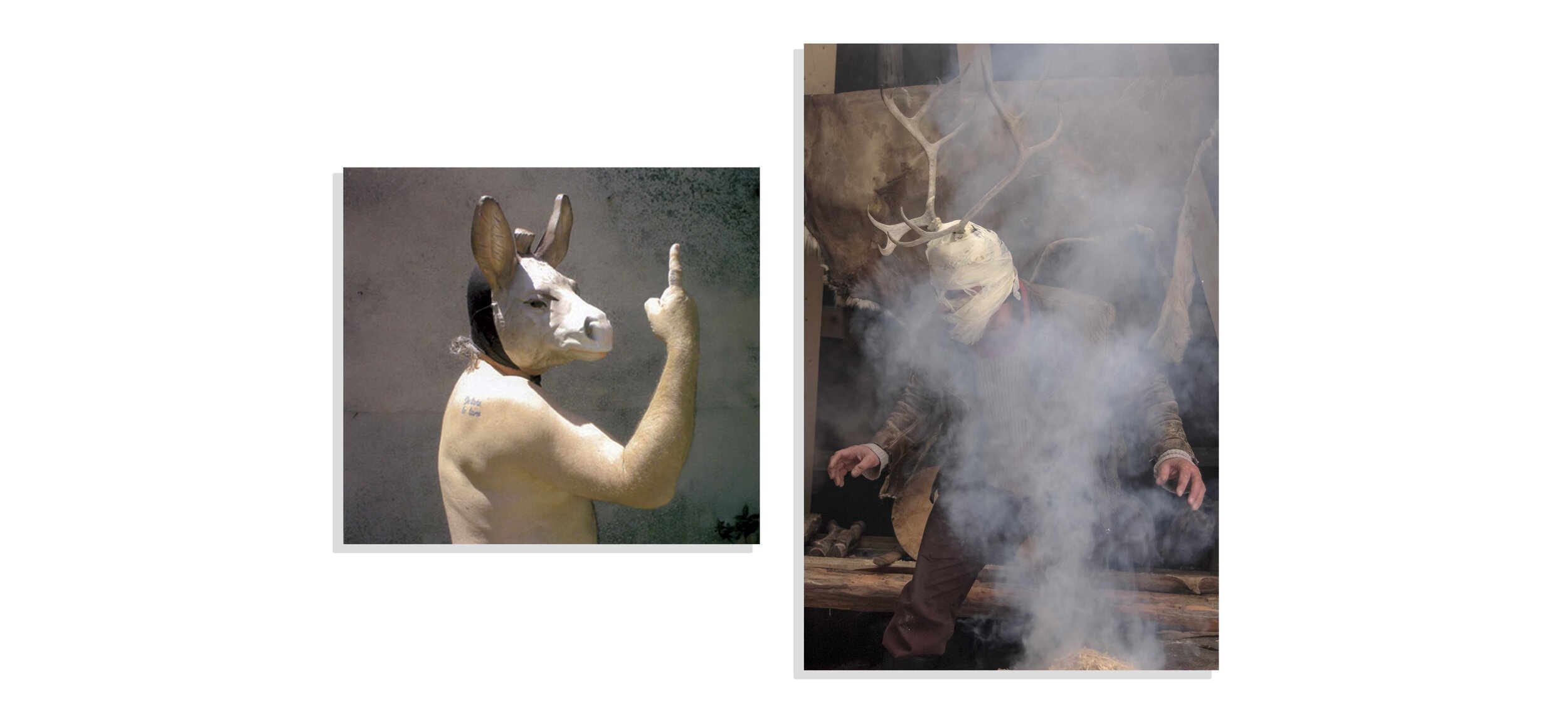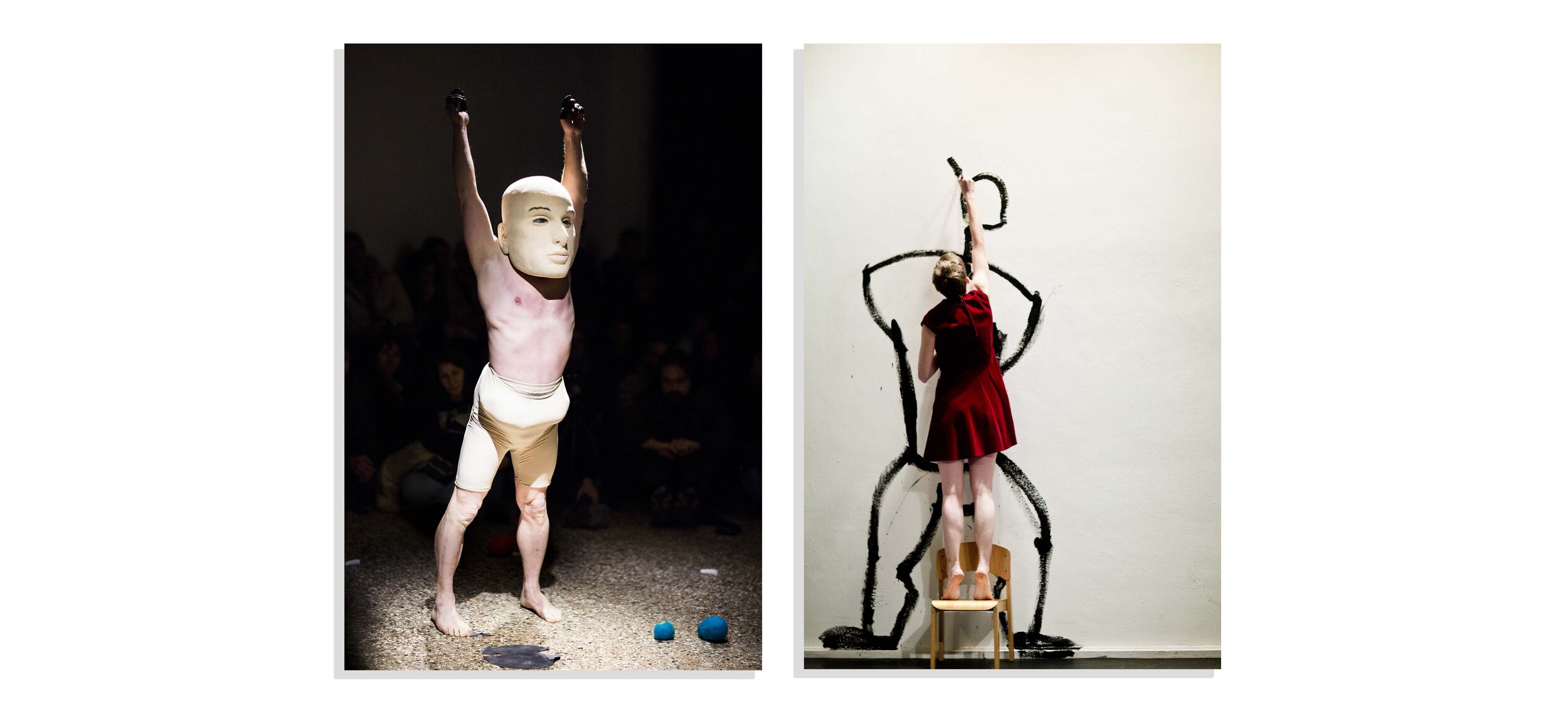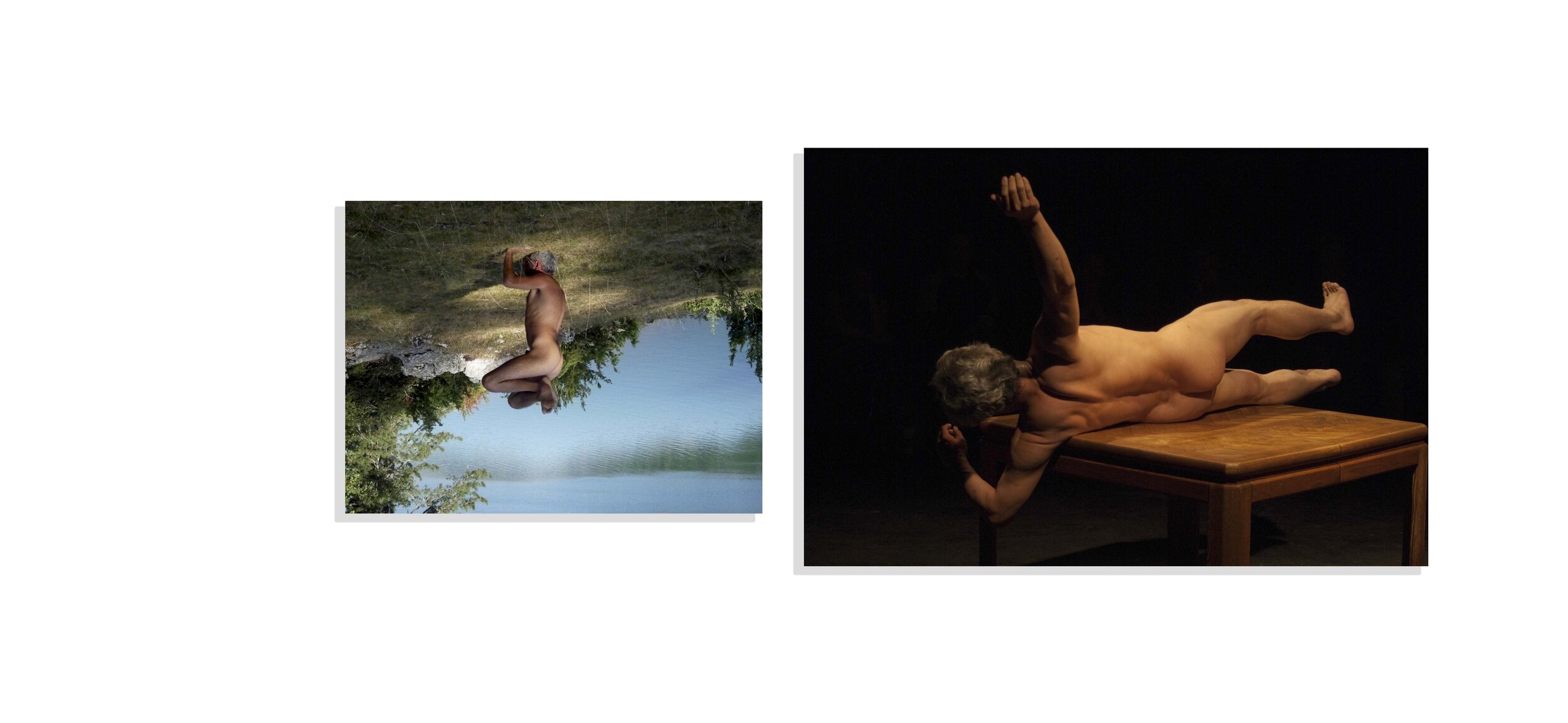The in-Tension - Photography exhibitions
By examining the fusion of artistic practices experienced in the contemporary cultural scene, the exhibition "The in-Tension" curated by visual and performance artists Demosthenes Agrafiotis and PASHIAS, brings forward the work of prominent international artists as a crucial effort to re-evaluate the relationship of performance art and photography. In performance art, the duration required to execute an artwork is 'equal' to the actual artwork. Photography is introduced in this process, as an attempt to capture the artist’s corporeal existence orits trace in action. The 'tension' betweenthese two artistic practices is brought forwardthrough the contrast of a performance’s duration unfolding over a specific period of time and the photographic instance capturing only one frame/moment of action. Therefore, the ephemeral dimension of performance art is quoted by the resulting photograph, into a document of permanence. As a pictorial essay, this exhibition proposes the detached photograph as autonomous artwork and presents it alongside similarly treated artistic output.
The differences between the art of performance and the art of photography come in diverse formats, so that the performance artist and the photographer can choose the elements on which they can build convergences and divergences. These formats of 'intention' can be realized through a photograph takenduring a live performance, a still image capturedfrom a video performance, an image of the artisttaken in collaboration with a photographer or even a self-photographed image of the artist. The relationship between the performer and the photographer is formulated according to the structural elements of these 'in-tensions'. As a result, this exhibition is based upon the formats of producing artwork by a 'hybrid creator', that rises through the merging of an artist’s body and a photographer’s camera lens.
Performance artists: Abel Azcona, Alastair MacLennan, Alexandros Plomaritis, Amalia Charikiopoulou, Bartolomé Ferrando, BBB Johannes Deimling, Boris Nieslony, Carlos Martiel, Dagmar I. Glausnitzer-Smith, Demosthenes Agrafiotis, GRAAM, Grigoris Semitecolo, Joseph Ravens, Julien Blaine, Katharina Kastl, Kurt Johannessen, Lala Nomada, Michel Collet, Monika Günther & Ruedi Schill, PASHIAS, Pekka Kainulainen, Seiji Shimoda, Valentine Verhaeghe
Photographers: Anne Lise Dehee, Daniel Häller, Dimitris Priftis, Fabrizio Garghetti, Jean Marc de Samie, Jesse Clockwork, Jessica Smith, Jouko Vatanen, Juan Pablo Hoyos Ramírez, Kenny Lemes, Manuel Vason, Matthias Pick, Miklos Legrady, Mishka Henner, Monika Sobczak, Rita Rodrigues
Production: epitelesis - Performance Art Foundation
Curation: Demosthenes Agrafiotis & PASHIAS
Chapter #1: Beton7 Gallery / Athens – Greece
Opening: 5th November / Duration: 5th-23rd November 2013
Part of "Athens Photo Festival 2013" / Hellenic Centre of Photography
/
Chapter #2: Institut Supérieur des Beaux-Arts de Besançon / Besançon - France
Opening: 15th April / Duration: 15th-18th April 2014
Part of “Excentricités V (Le Banquet)”, Institut Supérieur des Beaux-Arts de Besançon / “Performances et Intermédialités (DU Art, Danse et Performance)”, Université de Franche-Comté / “Saillances du Geste (Colloque gestes et écritures dans les arts contemporains)”, Université de Franche-Comté
They can’t be fixed to a wall
By PASHIAS
The work produced by visual and performance artists, can be approached as the crafting of environments or situations that host the artist’s performing body and the audience’s performing modes of perception on two levels. On the first level, there are the specific parameters of space and time, in which both participants are invited to perform and can be referred to as the ‘experiential mode’ of performance. This is what constitutes the ‘live’ dimension of performance, in which the artwork can only be created and take its form within the ‘here’ and the ‘now’. At the same time, photography has become an integral part to the practice of many performance artists, in an attempt to expand the horizons of a performance artwork beyond its aforementioned ‘specificities’. On this second level, the artwork can be approached as a series of visual images, as if the duration of action has been sliced into a number of still frames. The performing body offers this series of images to be consumed by the participating audience and also by an expanded network of audience members that confront the artwork through its ‘aftermath’ presentation.
By approaching the relationship of photography and performance beyond the archival purposes of documentation, these images to be registered by an audience’s perceptive modes or a photographer’s camera lens, can become vibrant objects of complexities. Firstly, we encounter the vibrating complexity of authorship, referring to an image belonging to the one that has crafted the photograph’s subject or to the one that has captured the photograph’s final frame. The complexity of expectation. Here, we approach an image as a source of references, that has to be ‘wholesome’ enough in order to represent the complete duration and context of a live performance. Even if we take this image away from its original source and approach it as autonomous artwork, the complexity of intention arises, when placed next to the practice of “performance photography”. In this practice, the artist’s body becomes an image through a process of merging with the photographer’s camera lens. The time and effort taken to collaboratively stage the photograph’s ‘stillness’, suggests a level of investment in producing an artwork, that may contrast the uncommunicated and spontaneous photograph taken during live action. All of these complexities and many more, can only be resolved if approached in the form of ‘intensities’, where the friction produced by converging and diverging forces between performance art and photography, opens up a new field of artwork. Images of vibrant tension and captivating stillness can be encountered as the final output presented in an exhibition, that can’t be finalized at all - they can’t be fixed to a wall.
Timeless time?
By Demosthenes Agrafiotis
The photographic camera allows the seizure of the ‘here and now’ and the ability to transform it into a two-dimensional image that obeys to the rules of Classical - Renaissance perspective. This formulation is particularly important when the ‘incident’ is a performance. Photographing the performative process is a key issue, as it is the symptom of passing from modernity into post-modernity. The main argument relates to the fact that in a performance the effect is ephemeral, while the photographic documentation claims ‘eternity’. The shift from action to archive opens up a new relationship between the viewer and the ‘artwork’. Beyond the luminal nature or revealing extent of interaction between performative acts and photographic ones, remains an open question of articulation between photography and performance. The question can be answered in many ways. One of them is related to time or, in better terms, with temporalities .
For simplicity, the beginning will be set at the time of visiting and observing the exhibition’s photographs. The time of the visitor’s interaction with the photographs, the time of exhibiting, the time of individual existence for the visitor or for the photographer, or for the performer, the time of shooting the photograph, time as an integral component for the advancement of a performance, time as a point of historical transformation for the performance in relationship to the society in which it took place or the country in which the exhibition is taking place... the time of the exhibition’s curators... time... the set of possibilities could be indefinitely continued. Of course , all temporalities - all times do not possess the same meaning and importance. However, this inflation of ‘times’ is in danger of producing a poetic and ultimately timeless appeal to temporality. To avoid such a scenario and for the poetic ‘in-tensions’ of temporalities to emerge, we have selected photographs and performers from a wide range of performances, from different schools of performance art, from different countries, with different practices of photographic recording (e.g. during the performance, or in special staged circumstances), according to various research objectives of photographers. It is hoped that this will keep the friction, the incompatibility, the divergence - convergence between the photographic and performative acts, meaning that, above all, we are looking for the poetics of difference.
